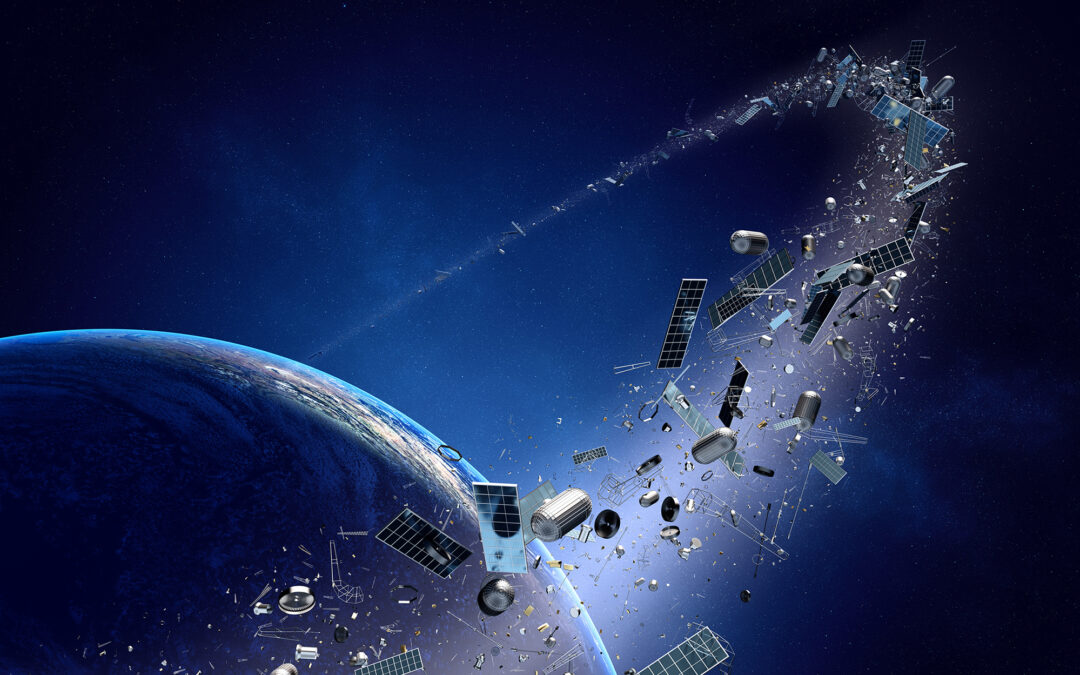By Pascal Wauthier, Chairman, the Space Data Association and Dan Oltrogge, AGI/COMSPOC
On Friday 23rd April, we (Pascal Wauthier, Chairman, SDA and Dan Oltrogge of COMSPOC) will be presenting a paper at the 8th European Conference on Space Debris organised by the European Space Agency (ESA). During the virtual event, Dan will present the results of a comprehensive STCM data fusion experiment, which was run by the COMSPOC technical advisers.
The paper presentation documents the findings of a demonstration highlighting the benefits of multi-source data fusion coupled with advanced analytics for effective SSA and Space Traffic Coordination and Management (STCM). After extensive testing and statistical assessments of predictive positional accuracy for seventeen spacecraft spanning LEO, MEO, and GEO orbit regimes, the team found that fusing government, commercial, and satellite operator data with advanced data processing techniques is essential to reach the predictive positional accuracy required by the collision avoidance criteria generally used by Satellite Operators as well as to enable comprehensive, timely, and accurate collision avoidance services for all satellite operators.
Key to performing this demonstration was a coalition of willing government and commercial space situational awareness providers and a number of satellite operators, including Space Data Association (SDA) members. Over a period of two weeks, COMSPOC conducted a comprehensive data fusion experiment combining the observational and operations data from all of the above.
The campaign covered two main elements:
- Demonstrating the utility of comprehensive data fusion across multiple data sources and data types. The STCM consortium quantified its benefits to orbit solution timeliness, historical and predictive positional accuracy, completeness, transparency, and comparative SSA.
- Exploring the benefit to safety of flight of comprehensively gathering and fusing data across multiple sources and data types of comparative SSA assessments.
During the session, we will talk through the detailed results from these demonstrations and highlight our vision for the way forward to improve SSA for all. For one thing, this has only been a limited experiment involving seventeen spacecraft that all manoeuvre. We recommend that this experiment be carried forward and extended with a broader and more comprehensive mix of spacecraft, orbital regimes, and added space debris, to generate more robust sampling and derived statistics.
Catch the presentation at 14:15 on Friday 23rd April 2021. To register for the event visit https://space-debris-conference.sdo.esoc.esa.int/

